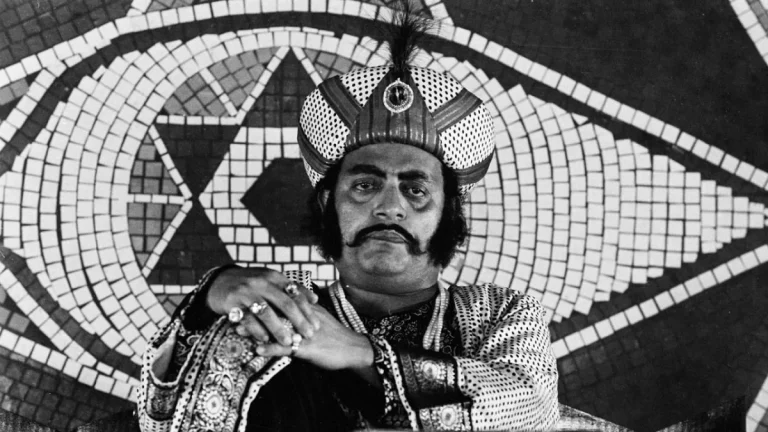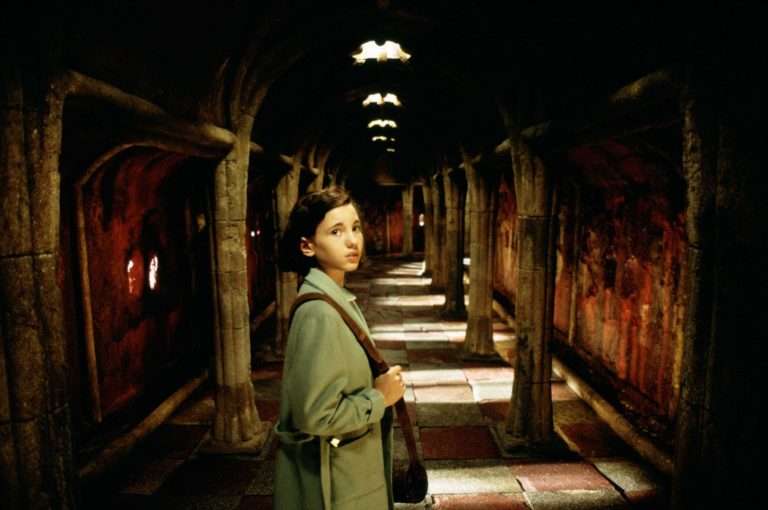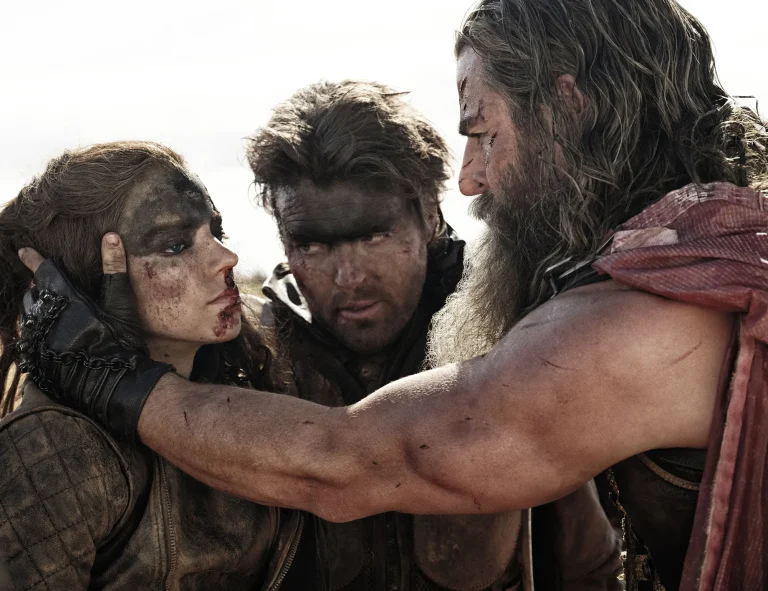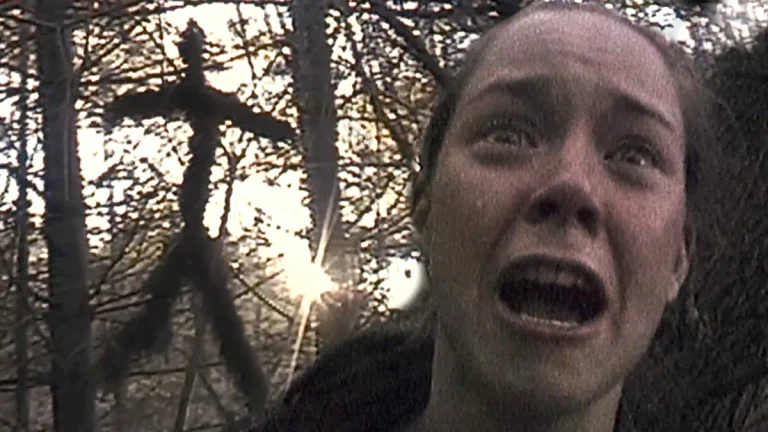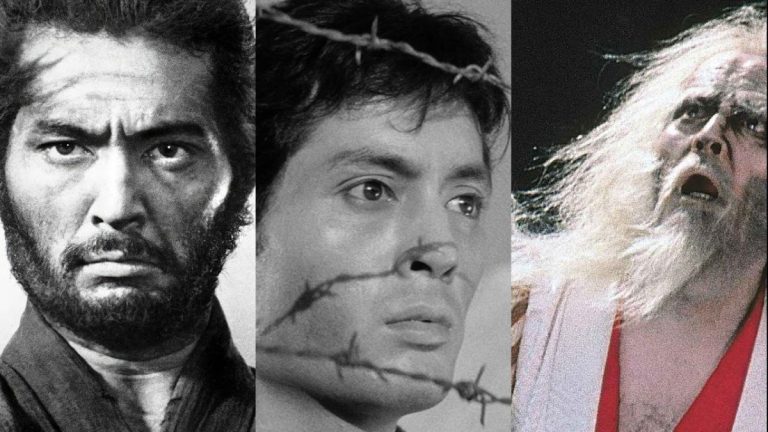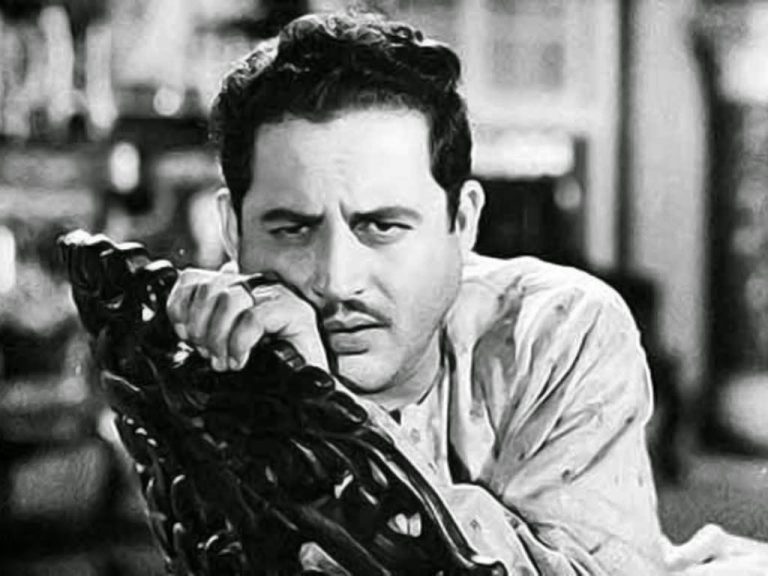“Longlegs” (2024), directed by Oz Perkins, is set to be hailed as one of the great modern horror films. In recent years, many horror movies have garnered attention through impressive marketing campaigns, only to leave audiences disappointed with lackluster final products. However, “Longlegs” succeeds where others fail by delivering precisely what its chilling short trailers promised. Instead of relying on cheap jump scares, the film expertly cultivates a pervasive sense of dread, a hallmark of truly exceptional horror. The technical aspects are outstanding; the cinematography and sound design create a visceral experience that pulls viewers into a living nightmare as the characters slowly spiral into their impending doom. Paying homage to genre-defining classics like “Se7en” and “The Silence of the Lambs,” “Longlegs” cements its place in the pantheon of great horror.
Here are some of the horror flick’s most intriguing theories:
1. The Targeting of the Harker Family: A Calculated Choice
As the film unfolds, the audience uncovers a chilling pattern among Longlegs’ victims: a father from a devout Catholic family murdering his wife and children before taking his own life. According to the script, the murders started in 1966 and the opening scene of the film where young Lee meets Longlegs for the first time takes place in 1974. So why the break-in pattern in the case of the Harkers’? Longlegs’ meticulously patterned murders reveal a psychological underpinning that suggests his choice of the Harker family was far from coincidental. His confession to Lee about coercing her mother, Ruth, into complicity, underscores manipulation as a central theme. As a nurse, Ruth held access to information that facilitated Longlegs’ targeting of families that fit his sinister criteria.
The disruption in his typical modus operandi indicates a deeper psychological motive—perhaps Longlegs was seeking a more profound, personal connection. By integrating himself into the Harker family, he achieved a twisted victory, effectively usurping the role of a father figure once again. Furthermore, the lack of photographic evidence of Longlegs until Lee’s Polaroid suggests he was likely supported by a previous accomplice, someone who maintained his anonymity while enabling his horrific agenda.
2. Unraveling Longlegs’ True Identity
The theory that Longlegs may actually be Lee’s biological father introduces a compelling layer of complexity to the narrative. It is worth pointing out that Longlegs knew beforehand Lee’s birthday was on 14th January. Lee’s identification of the upside-down triangle during the psychometric test—often linked to the occult and distorted family dynamics—strengthens this connection. Longlegs’ reference to her as “little Angel” indicates a warped affection, positioning Lee both as a target and as a vital component in his malevolent plans. He confesses to Lee during the interrogation scene that when she joined the FBI how excited and overjoyed “we were” emphasizing the pride and joy parents feel at their wards’ accomplishment.
3. The Puzzling Survival of Carrie Ann Chamera
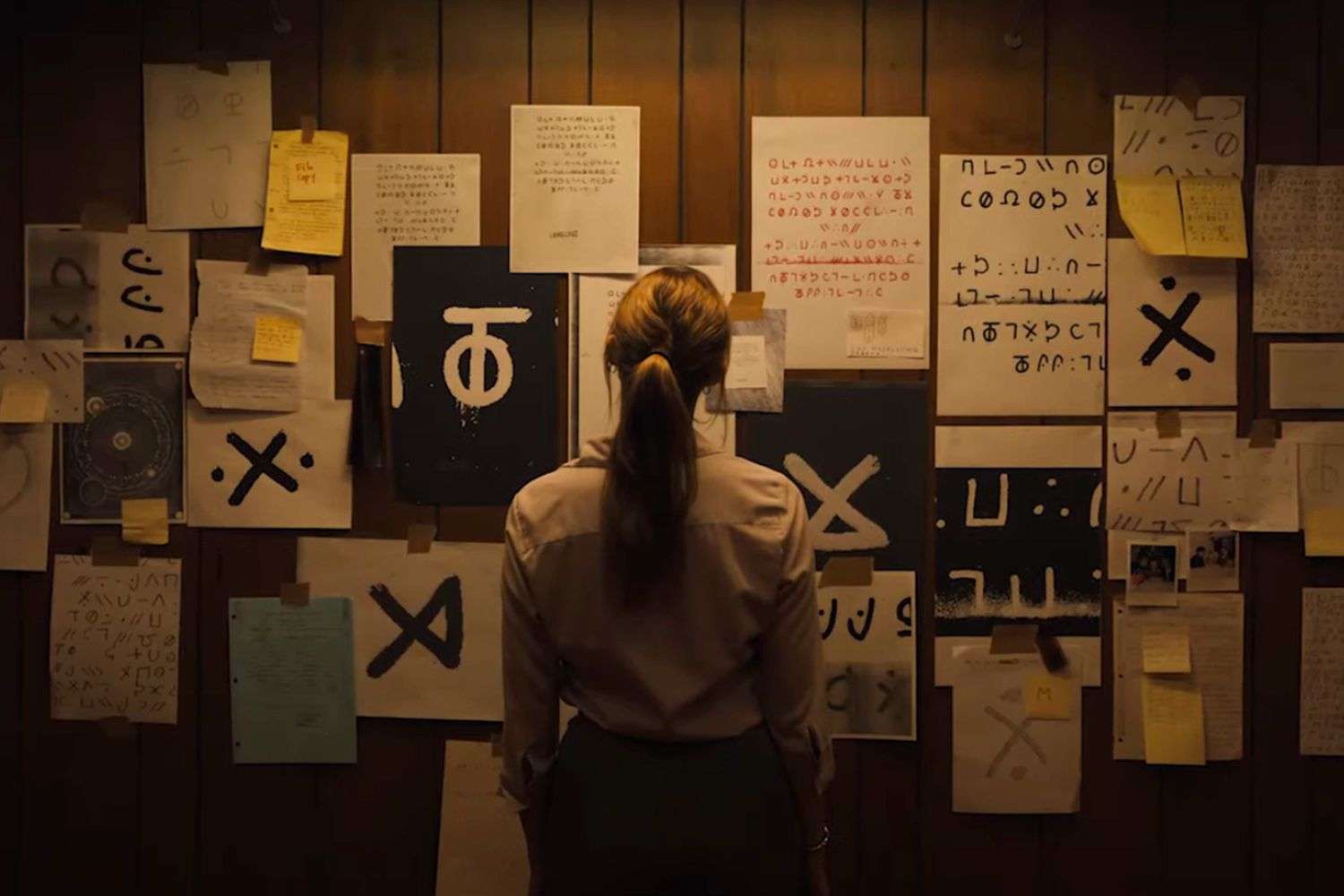
The decision to spare Carrie Ann Chamera introduces an unexpected twist in the narrative. Though she was absent during the main murders, Longlegs’ actions seem deeply deliberate rather than accidental. This raises the question of whether her survival aligns with the need to maintain a specific ritualistic order. Someone had to die on the 13th of the month to complete the reverse triangle of Longlegs’ murder spree and Carrie Ann was kept alive in a state of catatonia just to satisfy his urges. Carrie Ann’s disturbing loyalty to Longlegs, despite her family’s tragic fate, suggests a psychological grip he held over her, likely fostered through manipulation or trauma bonding. Her survival may not be incidental but rather an integral part of Longlegs’ larger design: a means to propagate his depraved ideologies.
4. Illusions of Power: The Portrait of Bill Clinton and Its Significance
In the film, the recurring image of a portrait of Bill Clinton looming over Agent Carter serves as a striking visual metaphor. First appearing in the background during a pivotal scene, Clinton’s portrait symbolizes the pervasive influence of American governmental power and institutional authority. As Carter watches the interrogation video of Longlegs, the portrait shifts ominously to reveal Longlegs himself, suggesting a deeper commentary on the intertwining of political and sinister influences in society.
This transition from the visage of a leader to that of a quintessential villain implies that the very systems designed to protect and serve the populace might also harbor darker undercurrents, echoing themes of manipulation and control. The film posits that American institutions, rather than being bastions of morality, can serve as extensions of a more insidious force—one that resembles Satanism in its deceptive and often destructive practices. The implication is stark: the façade of authority can mask the reality of corrupt, malevolent agendas operating beneath the surface.
Read More: Longlegs (2024) Movie Review: A Scare-Free Slog, Only Gross Or Unnerving in its Misuse of Nicolas Cage
5. The Dark Side of Motherhood: Childbirth and the Conservative Narrative
Intertwined with this commentary on power is the film’s unsettling exploration of motherhood, particularly through references to the pain and suffering associated with childbirth. The repeated mentions of mothers “bleeding a lot during childbirth” evoke a visceral image of the physical trauma endured during one of life’s most significant processes. This imagery may serve as a critique of traditional conservative narratives that romanticize natural childbirth while simultaneously demonizing interventions like C-sections.
In this context, the visceral nature of childbirth becomes a metaphor for societal control and the sacrifices women are expected to make within traditional family structures. The focus on bleeding and pain could symbolize the often ignored realities of women’s experiences—showcasing how their suffering is overlooked in favor of idealized narratives promoted by those in power.
6. Pawn of Darkness: The Duality of Longlegs and Lee
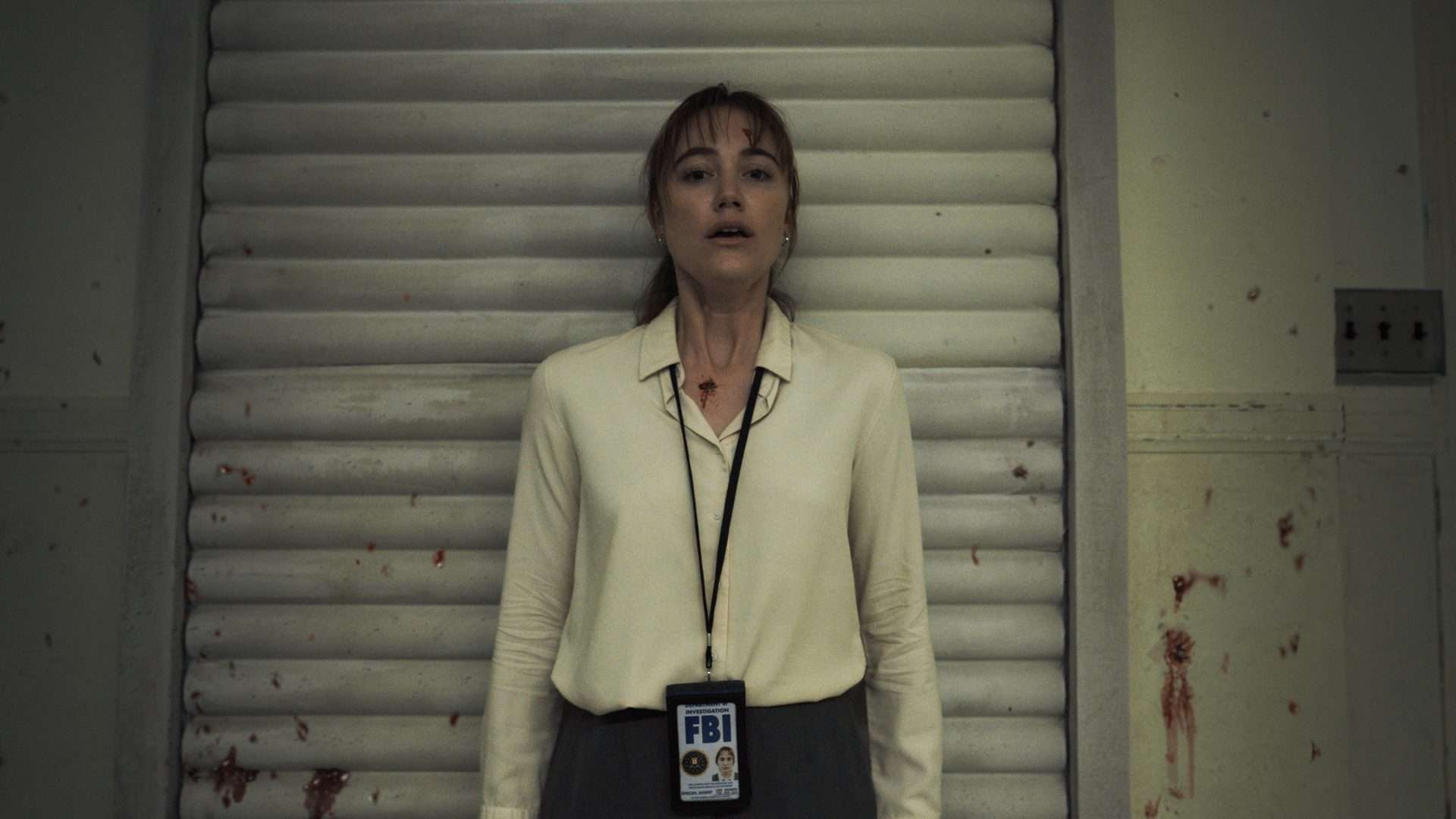
The narrative establishes that Longlegs, known as Dale Cobble, is a pawn of Satan, referred to as “the man downstairs,” while Lee is portrayed as the “Shining Angel” determined to bring him to justice. However, given the film’s themes, the situation may not be as straightforward as it seems. In conversations between Lee and Ruth, Lee expresses her fear of saying prayers, which are generally intended to provide comfort in dark times. This fear raises the possibility that Ruth and Longlegs are connected to dark forces, suggesting a potential involvement in a cult.
It seems plausible that Ruth fled from this cult after Lee’s birth to protect her daughter, a theory that might explain their isolated existence. Once Longlegs re-entered their lives, Ruth was not only compelled to become his accomplice, but a deeper transformation began—Lee Harker appeared to be on a path toward inheriting Longlegs’ mantle, suggesting a potential predetermined fate that might be more complicated than it seems.
When Lee visits Carrie Ann in the hospital, Ann remarks, “I remember you; you were at my house.” This likely alludes to Lee accompanying her mother during visits to the families of the murder victims. The audience experiences the story from Lee’s perspective, which raises the question of whether she might be an unreliable narrator. She was assigned to assist in the manhunt for Longlegs due to her apparent psychic abilities, which may actually be a result of a spell cast on her by a lookalike doll that obscured her memories of Longlegs.
Ruth’s decision to kill Agent Browning, followed by the destruction of the doll, serves as a poignant reflection of a mother’s desperate instinct to shield her daughter, Lee, from the sinister grasp of Longlegs. In that pivotal moment, Ruth embodies the fierce love of a mother who is willing to confront darkness in order to protect her child from a foreboding future. However, this seemingly noble intent spirals into tragedy, as her protective impulses lead to the shocking demise of both Carter and herself.
Through these heartbreaking actions, Ruth’s profound desperation ultimately manifests as a misguided attempt to safeguard Ruby from a perilous fate, underscoring the lengths to which a mother will go to defend her children, even at the cost of her own life. Ruth’s final efforts go in vain because the metal orb hidden in Ruby’s doll ensnares Lee once again before she can destroy it, placing her back under Longlegs’ influence. As these events unfold, it becomes increasingly clear that Lee is on a path toward inheriting Longlegs’ mantle, suggesting a dark and inevitable transformation that awaits her.


